All waves in the electromagnetic spectrum (light, x-rays, radio waves, microwaves, etc.) travel at the speed of light c=299,792,458 m/s. For any wave, the wavelength times the frequency yields the speed:
?? = c
Microwave ovens operate by creating a standing wave inside of them. Different parts of the wave cook better than other parts - imagine a three dimensional grid of evenly spaced dots where the cooking is best. The distance between these dots is the wavelength ?. Our microwave operates at a frequency of ?=2.45 GHz as most conventional ones do, so this yields a wavelength of
? = c/? = .122m or about 4.8 inches.
Of course, the spinning tray in the microwave is put there to offset the uneven cooking. Removing this tray, you can measure the speed of light by cooking a bar of chocolate for about a minute and half. If your bar of chocolate is big enough, there will be two circular areas where the chocolate has melted and the distance between their centers is about 4 inches. Multiplying that by the known frequency ? of the microwaves yields the speed of light!
Just updated your iPhone? You'll find new emoji, enhanced security, podcast transcripts, Apple Cash virtual numbers, and other useful features. There are even new additions hidden within Safari. Find out what's new and changed on your iPhone with the iOS 17.4 update.



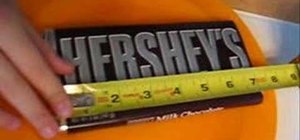
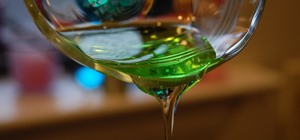
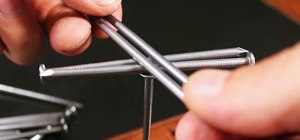
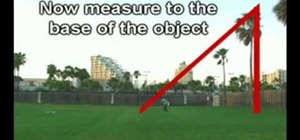
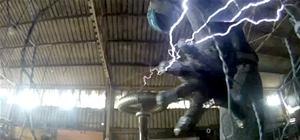


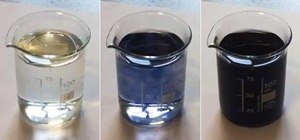




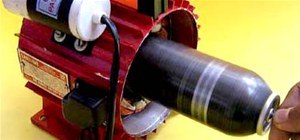
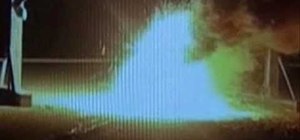
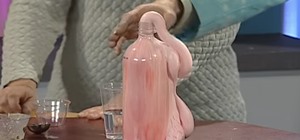
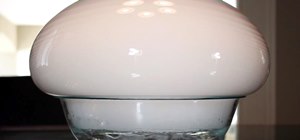
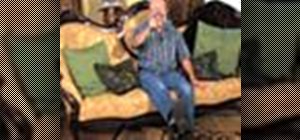

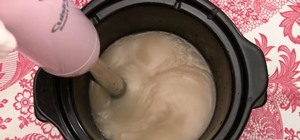

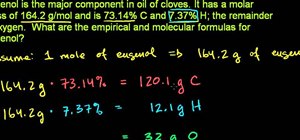
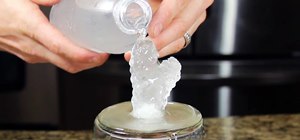
1 Comment
can this experiment be performed with a dairy milk chocolate?
Share Your Thoughts